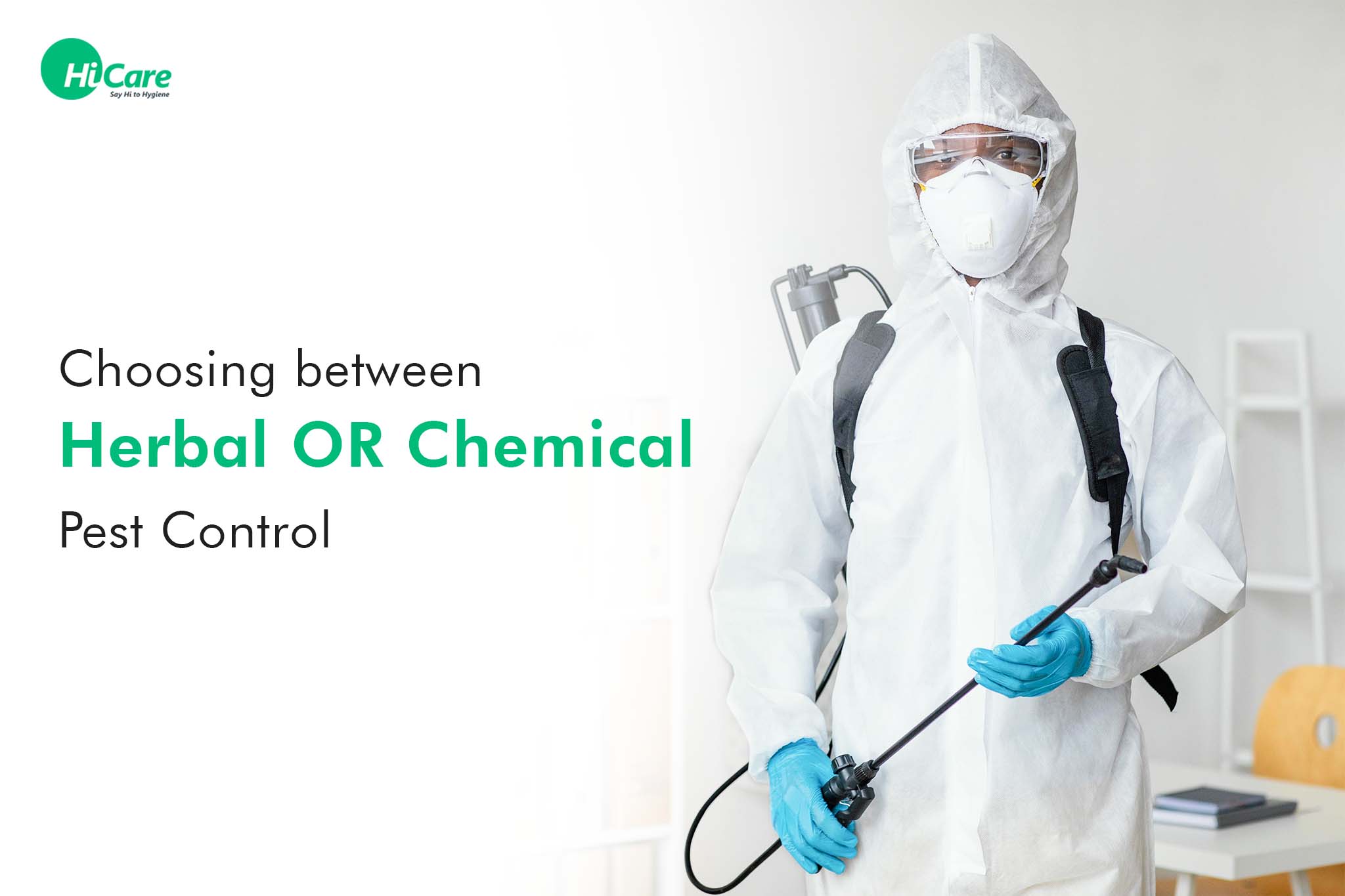Bed Pest Treatment Break Down: Contrasting Chemical Vs. Non-Chemical Solutions
In the world of insect control, especially when handling the persistent issue of bed bugs, the option between chemical and non-chemical therapy solutions can be an essential one. Both approaches provide unique benefits and downsides, influencing aspects such as effectiveness, safety and security factors to consider, and overall price. By taking a look at the nuanced information of each technique, a clearer understanding of which course to go after in resolving a bed bug invasion can be acquired.
Performance of Chemical Therapies
Chemical treatments for bed bug infestations have actually been commonly recognized for their rapid and powerful efficiency in getting rid of these bugs. When thinking about the efficiency of chemical therapies, it is critical to recognize that they can give a fast and comprehensive option to a bed insect trouble.
In addition, chemical treatments have the benefit of providing recurring results, indicating that they can remain to remove bed pests even after the initial application. This residual action is especially valuable in combating any kind of possible re-infestations. In addition, the rapid action of chemical therapies can bring relief to individuals encountering severe bed bug invasions, enabling them to restore control of their space swiftly.
Safety And Security Interest In Chemical Solutions
When using chemical services for bed bug therapy is guaranteeing the safety of passengers and the setting,One crucial facet that calls for mindful factor to consider. While chemical therapies can be efficient in removing bed insects, they might present threats otherwise handled properly. Among the key security interest in chemical services is the prospective damage they can trigger to human health. Direct exposure to specific chemicals used in bed bug therapies can bring about respiratory system issues, skin irritability, or various other damaging responses, particularly in people with pre-existing conditions or level of sensitivities. Additionally, incorrect application or dose of chemical pesticides can lead to toxic deposits lingering in the treated area, presenting long-term wellness threats to passengers.
Additionally, the environmental effect of chemical remedies is one more substantial consideration. Some pesticides made use of in bed pest therapies may be damaging to useful pests, wildlife, and communities if they seep right into the soil or water systems. It is necessary to use chemical therapies judiciously, complying with safety and security guidelines, and thinking about much less hazardous options to mitigate these threats and make certain the reliable and risk-free administration of bed insect problems.
Benefits of Non-Chemical Approaches
Taking into consideration the potential security issues and ecological impact associated with chemical remedies for bed pest therapy, checking out non-chemical strategies offers an encouraging choice with several unique benefits. Non-chemical therapies are ecologically pleasant, as they you can try here do not add to air or water air pollution, making them a sustainable choice for bug control.
Additionally, non-chemical remedies can be reliable in targeting bed insects, consisting of hard-to-reach locations where chemical treatments may not pass through. Techniques such as heat therapy, vacuuming, steam cleansing, and bed mattress encasements give complete elimination without the usage of unsafe chemicals. Moreover, non-chemical approaches can be less disruptive, calling for minimal preparation and enabling quicker reentry into treated locations. In general, choosing non-chemical bed insect therapy methods not only focuses on safety and environmental management however additionally guarantees reliable and detailed insect control.
Limitations of Non-Chemical Treatments

In check that addition, non-chemical therapies frequently require Read Full Article multiple applications to attain successful obliteration. This can be lengthy and might not always assure full removal of all bed bugs and their eggs, especially in hard-to-reach or hidden places.
Moreover, the success of non-chemical therapies heavily counts on appropriate execution and thoroughness, which can be testing for individuals without expert know-how. Inadequate application of non-chemical techniques might lead to incomplete elimination, leading to relentless problems and the demand for added therapies.
For that reason, while non-chemical treatments have their advantages, it is necessary to recognize these limitations and consider them when identifying one of the most reliable approach for handling bed insect invasions.
Expense Comparison: Chemical Vs. Non-Chemical Options
Offered the limitations connected with non-chemical therapies, a necessary element to evaluate in the context of bed bug management is the price contrast between chemical and non-chemical choices. In contrast, non-chemical therapies like warm therapy or vapor can be extra costly, with expenses varying from $1,000 to $6,000 for a whole home. While the preliminary expense of chemical treatments might seem lower, several treatments may be needed to fully eliminate the infestation, potentially raising the general price.
Verdict

Considering the potential security issues and ecological impact associated with chemical solutions for bed insect therapy, discovering non-chemical methods provides an encouraging choice with several distinctive benefits.Given the constraints associated with non-chemical treatments, a crucial element to examine in the context of bed insect management is the cost contrast in between chemical and non-chemical choices. In comparison, non-chemical treatments like warm therapy or vapor can be more costly, with prices varying from $1,000 to $6,000 for a whole home. While the initial cost of chemical treatments may seem lower, several therapies might be called for to totally get rid of the infestation, possibly raising the overall expense.In verdict, when contrasting chemical and non-chemical bed bug treatment options, it is necessary to think about performance, security, benefits, restrictions, and expense.
Comments on “A1 Pest Control Charlotte NC Bed Bugs - Professional Elimination Services”